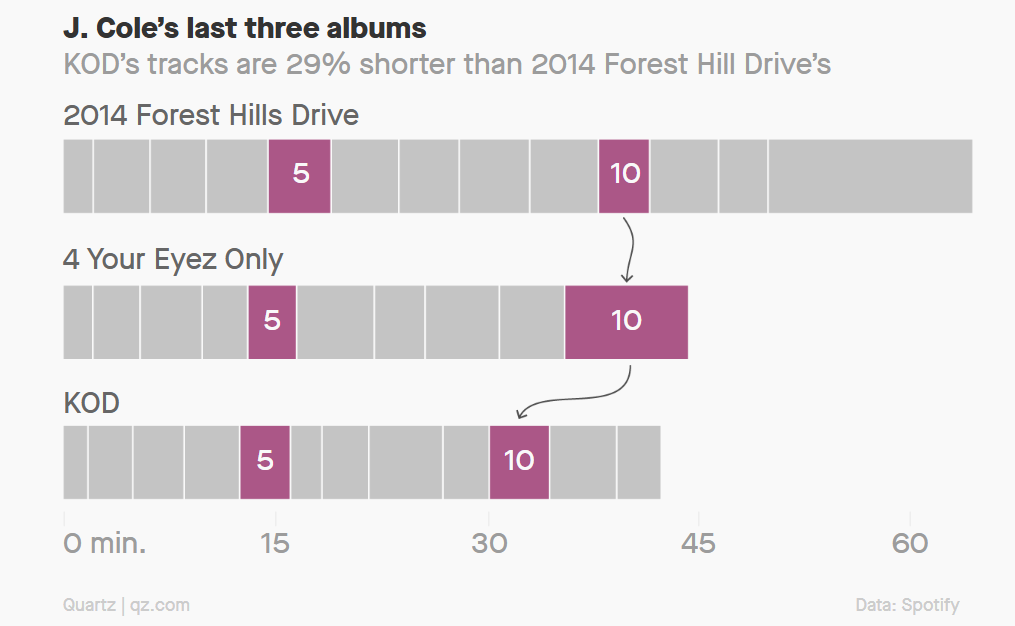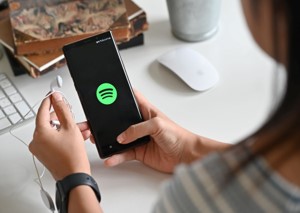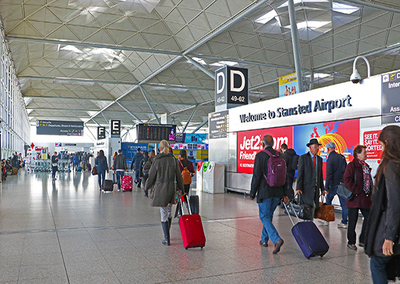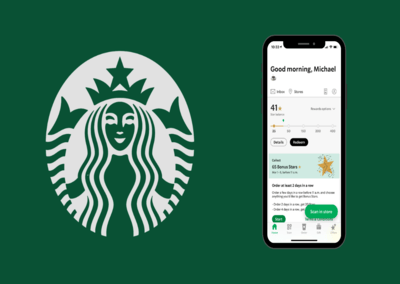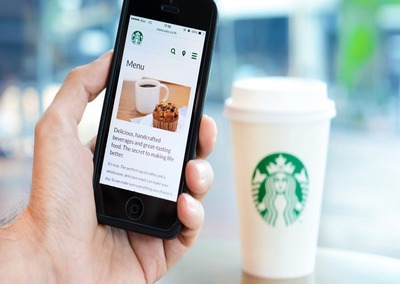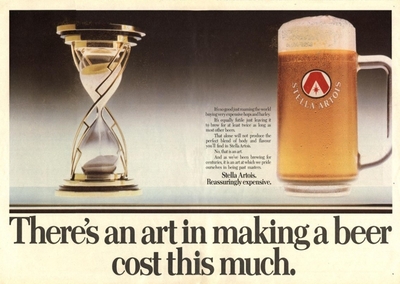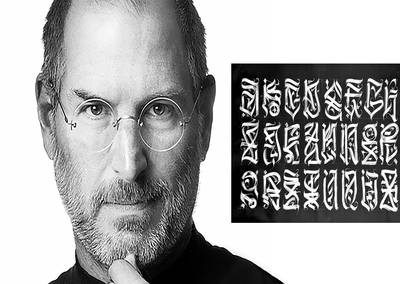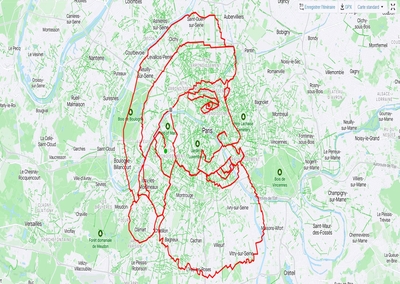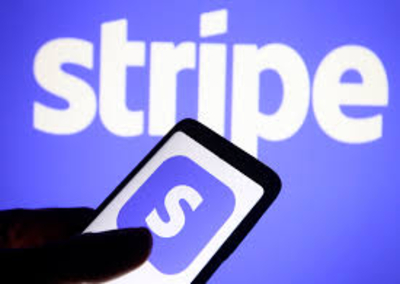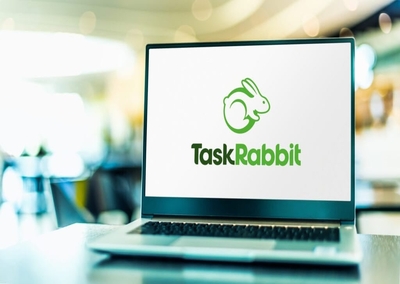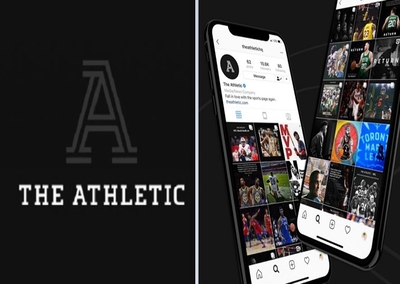We might associate Spotify with music, but the company describes itself as a “seamless one-stop destination for all things audio.” This has given it licence to expand into podcasts and audiobooks, both of which are growing at double digits YoY.
Business & Brands
Spotify pays artists based on the number of streams they receive, which only counts if someone listens to 30 seconds of a song. As a result, artists are incentivised to pack albums full of short songs, all of which hint at the chorus in the opening few seconds, as opposed to longer experimental songs that take a long time to build.
Comparing claimed Spotify usage vs actual usage, one quarter of those who claim to use it monthly do not use it at all.
Only 2% of Spotify artists earn more than $1k a year.
In the early days of Spotify, users complained that the shuffle feature wasn’t random: how could two songs from the same artist play back to back? In reality the issue was a misunderstanding of chance, so Spotify actually made the feature less random to make it seem more random.
Stansted airport group makes more money from car parks and shops than it does from aircraft fees.
At any one time, Starbucks has about $1.8 billion loaded on to customers’ gift cards or its app. If Starbucks was a bank and you treated the gift cards as deposits, it would be in the top 10% of banks in the United States.
The Starbucks mobile ordering feature became so popular that baristas were unable to cope with the demand, wait times were longer, and the company reported that a ‘mid-teens percent’ of mobile orders went uncompleted. In short, it worsened the problem it was set up to solve.
The Pratfall Effect states that people can demonstrate honesty by acknowledging a weakness. Stella applied this principle in 1982, before it had a name, with the iconic ‘Reassuringly Expensive’ campaign.
In 1972, Steve Jobs’ curiosity compelled him to take a calligraphy class at college, despite knowing it wouldn’t count towards his final degree. But this knowledge helped him create the Apple Mac’s slick, user-friendly typography – an integral part of its mass-market appeal.
Fitness app Strava has inadvertently become a platform for artistic expression. Strava Art has become a global movement, ever since users realised they could use the GPS tracking line to create unique drawings.
Employees of Stripe, the payments giant, initially needed to convince tech accelerators to use their platform. Rather than sending them an email, they’d sit and help them install the software of their apps in person.
Swingers, the mini golf bar concept, wouldn’t exist with a healthy dose of ignorance. According to co-founder Jeremy Simmonds, “we were so naive and knew so little about the hospitality industry. We did not have a business plan, there was no spreadsheet or model. Nothing. I can’t tell you how many people who are so-called experts in this space warned us against doing all the things we did, that it couldn’t work.”
One evening, Leah Busque realised she had run out of dog food and was worried all the shops would be closed. “We were certain that there was someone in our own neighbourhood that would be willing to help us out, and it was just a matter of connecting with them.” A few months later, she created TaskRabbit.
It set out to destroy newspapers. “We will wait every local paper out and let them continuously bleed until we are the last ones standing,” said founder Alex Mather in 2017. Then, in 2022, it became one. The New York Times acquired it, promising unparalleled reach and greater user retention.


